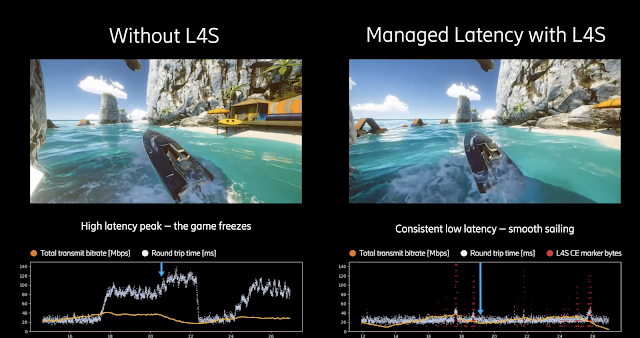Ericsson is releasing a new Time-Critical Communication software toolbox for resolving lags and interruptions in mobile networks. It combines the 3GPP-specified ultra-reliable, low latency communication (URLLC) standard with Ericsson innovations to mitigate major causes of latency.
Ericsson said its new software product delivers consistent low latency (50ms to 1ms) end to-end at specified guarantee levels (99.9 percent to 99.999 percent) – enabling time-critical use cases at scale.
Per Narvinger, Head of Product Area Networks, says: “Ericsson continues to introduce innovative 5G solutions that fuel the global uptake of 5G. Now we are taking 5G to the next level with Time-Critical Communication, a solution that will give our customers the tools to expand their offerings for the consumer, enterprise, and public sectors and further monetize 5G effectively.”
Ericsson notes that it has been piloting 5G for time-critical use cases with customers and industry partners such as BT and Hyperbat, Einride and Telia, Boliden, ABB, Audi, Fraunhofer IPT, DT and Rockwell.
Ericsson recently partnered with Deutsche Telekom and Telstra to show the benefits of L4S (Low Latency Low Loss Scalable throughput) technology in reducing lag in an interactive cloud game. L4S is one of the new features in the Time-Critical Communication toolbox. Ericsson has also reached a new milestone with MediaTek by proving that 5G can deliver 1ms consistent low latency with 99.99 percent reliability in both uplink and downlink on mmWave band.
Tomohiro Sekiwa, Managing Executive Officer and Chief Network Officer, SoftBank, says: “We believe that Time-Critical Communication is key to realizing the full potential of 5G. One industry where this solution can play a transformative role is automotive and transportation. With reliable and consistent low latency connectivity, 5G can also vastly improve public health and safety, traffic efficiency, and make transportation more sustainable.”










